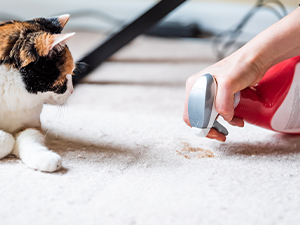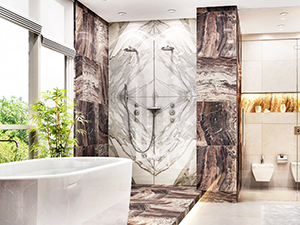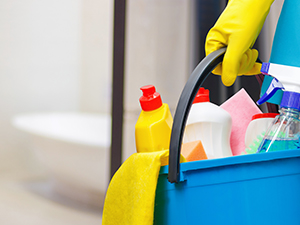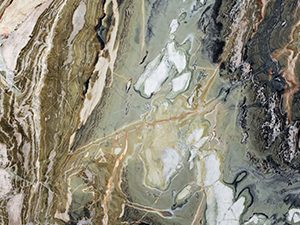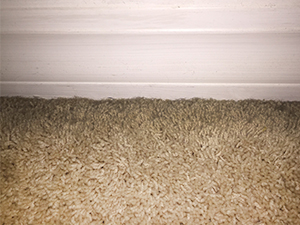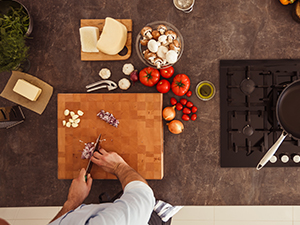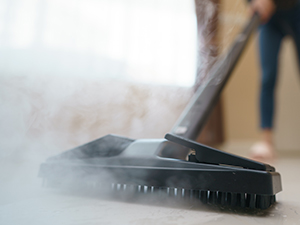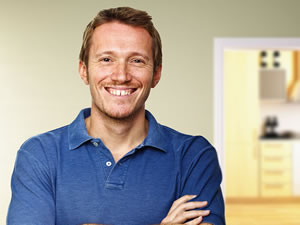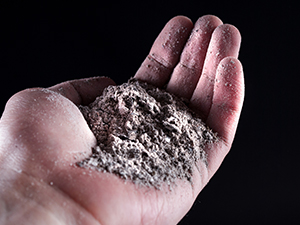How to Treat Pet Urine Odor in Carpet
Have you ever visited the home of a friend or family member and noticed first thing as you walked through the front door the unmistakeable smell of cat or dog urine? Chances are your loved one is either unaware of the problem or already aware but unable to find a solution. This article explains the dangers of pet urine odor, as well as how to eliminate the problem.
Why People Don’t Notice Pet Urine Odor
There’s a reason people can become oblivious to the smell of pet urine in their homes. The human sense of smell adapts and loses sensitivity over time with consistent exposure to certain odors.
Pamela Dalton, a cognitive psychologist at Monell Chemical Senses Center, explains,
When our odor receptors are repeatedly exposed to the same smells, they stop responding. Spending so much time in the same environment means that we are constantly smelling the odors within our homes. Odor adaptation differs from such other senses as hearing. Most people can tune out a noisy street sound, but if they pay enough attention, they can bring those sounds back into their awareness. On the other hand, when we adapt to an odor, it smells much weaker or not at all, and we cannot will ourselves to smell it again. In fact, depending on how long we’re exposed to the odor, we may need days or weeks to recover our sensitivity to it.
People may be fully aware of a pet urine odor problem, but they do not have success in treating pet urine odors. Eliminating pet urine odor is easier said than done. A pet accident may look like a small spot on the surface of carpet, but the urine can spread out in the carpet padding underneath, and even the subfloor can get saturated. No amount of carpet cleaning can eliminate this problem, especially if this type of contamination is present in multiple areas throughout the home.
Dangers of Pet Urine Odor
All urine contains ammonia. Obviously, in an ideal situation, pet urine in a residential environment is prevented or eliminated before it becomes a problem. In homes with carpeting, pet accidents may be cleaned improperly or go unnoticed altogether. Whether one has cats, dogs, birds, rodents, or other animals, the presence of urine in a residential setting can cause the same irritation to humans as that of an open container of ammonia. Symptoms may include a burning sensation in the eyes, nose, and throat, along with coughing and allergy symptoms. In addition, pet urine odors can worsen the symptoms of asthma and other respiratory problems.
How to Eliminate Pet Urine Odor
In very extreme situations, carpets, carpet padding, upholstery may need to be replaced. In cases of animal hoarding or neglect, even the subfloor may need to be replaced. Most of the time, pet urine odor problems can be resolved with two basic steps. First, identify and eliminate the cause of the problem (while keeping the pet), and second, treat the affected areas. Let’s take a closer look at each step.
Identify and Eliminate the Cause of the Problem
Pets have accidents for various reasons, including improper training, urinary tract problems, and stress or excitement. Consult with your veterinarian or an animal behavior specialist, if needed. Once you are sure that the cause of the problem is resolved, you can then treat the affected areas.
If your pet continues to urinate on the carpet, then the only way to eliminate the pet urine odor problem will be to replace your flooring. Nonporous flooring will not hide or absorb pet accidents. As long as pet accidents are thoroughly cleaned as soon as they happen, then there should be no problem with lingering pet urine odor.
Treat the Affected Areas
Note: Do not use carpet powders and air fresheners that mask pet urine odor. Do not use baking soda, because although it may help neutralize odors and clean the carpet, it leaves an abrasive residue that can damage carpet fibers.
If you are treating the pet urine odor yourself, follow these steps.
- Identify the contaminated areas. If trouble spots are not obvious, purchase a UV light, black out the windows or wait until evening, and then examine your carpet under the UV light. Urine-affected areas will glow yellow or green.
- Thoroughly vacuum the carpet, if it is dry. When urine dries, moisture evaporates and salt crystals are left behind. Vacuuming will remove some of that solidified material from the carpet fibers.
- Use a digestive enzyme on the spot. Digestive enzymes can be purchased at your local pet supply store. This will neutralize the odor using beneficial bacteria that break down organic matter.
Clean the spot. Select a spot cleaner that is appropriate for your type of carpet by comparing details from the carpet manufacturers information with the spot cleaner product label. Follow the directions on the label precisely. Use the appropriate amount of cleaner, because too little can be ineffective and too much can leave a film that attracts and traps dirt and contaminants. - Use a clean, dry white towel to blot up any excess moisture. Let the carpet dry thoroughly and vacuum once more to fluff up the carpet fibers.
The easiest and best way to treat affected areas is to schedule services with us. Your professional carpet cleaning technicians have the knowledge, tools, and experience to locate and treat problem areas. When you contact us, be sure to mention the pet urine odor problem. Your technician can examine your carpeting and, if possible, resolve the problem. Be aware that replacing portions of carpet padding may be necessary, depending on the severity of the problem.
This article is one of a series of articles written and published on behalf of Surface Care PROS Partners.

